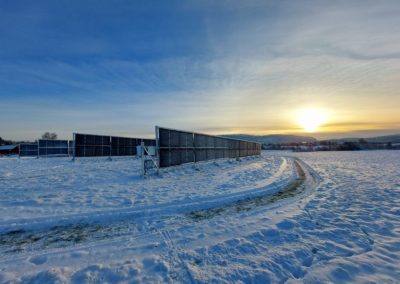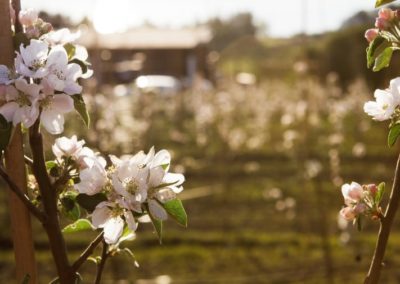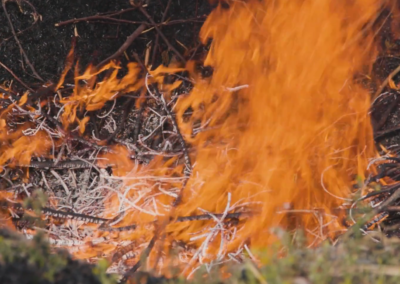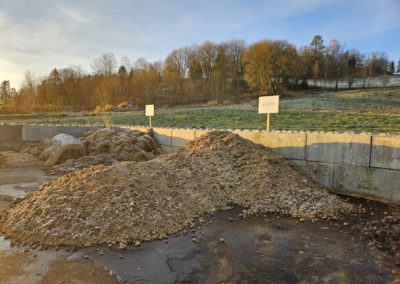The growth cycle at Mære consists of 3-5 years of meadow and 1 year of barley. We also have ryegrass, potatoes, oats and green growth in the growth transition on parts of the area. In meadow years, we often use extra meadow seed to keep good plant growth.
After agriculture became more specialized in grain farming and livestock farming, there are fewer farms that have the opportunity to follow a crop rotation plan. This is particularly problematic on grain farms, where many mostly grow the same type of grain on the entire area each year. There are many advantages to having a crop rotation on the farm.
Better soil structure
Crop rotation will give a better soil structure. A combination of several different plants increases the content of organic matter in the soil. This increases the content of microorganisms and larger soil animals in the soil. They convert plant residues in the soil, release plant nutrients to the plants and form stable soil aggregates. This means that water is more easily drained away during rainy periods and gives less risk of soil erosion. At the same time, the soil is better able to supply the plants with water during periods of drought.
Less illness
A versatile crop rotation means less danger of weeds and plant diseases multiplying in the soil. Many plant diseases attack specific plants, and have problems surviving if plants from other plant families are grown alternately on the same soil. Weeds that have good growing conditions in a cornfield get stronger competition if meadow plants or green fodder plants are included in the crop rotation.
A versatile crop rotation provides good soil
As mentioned earlier, soil organisms, bacteria and fungi, can release a lot of plant nutrients from the organic material in the soil, and provide more nutrition in the soil. There is therefore a gradual build-up of a more fertile soil by having a versatile crop rotation on the farm. So-called corrosive plants such as grain are followed by nutritious plants such as meadows, and a nutrient-rich and stable soil is gradually built up that is also more robust against climate change





